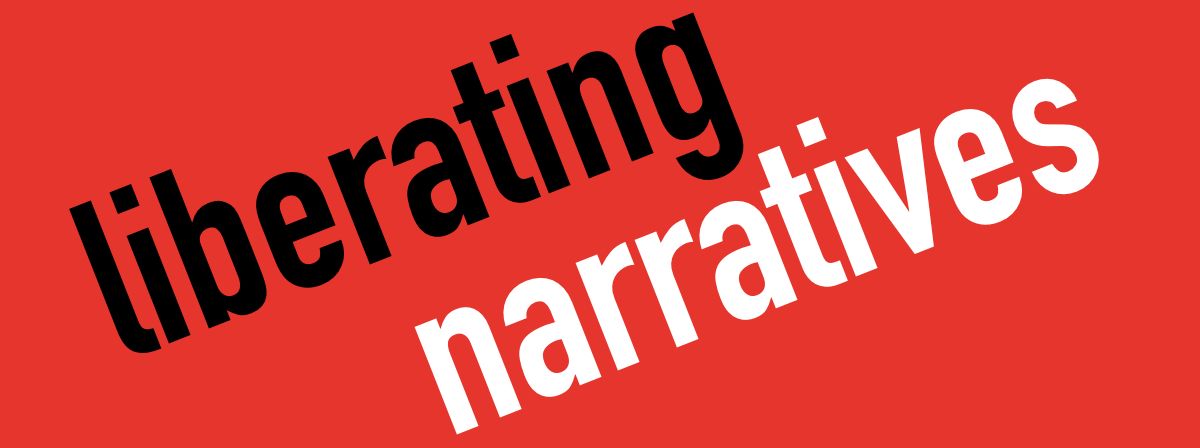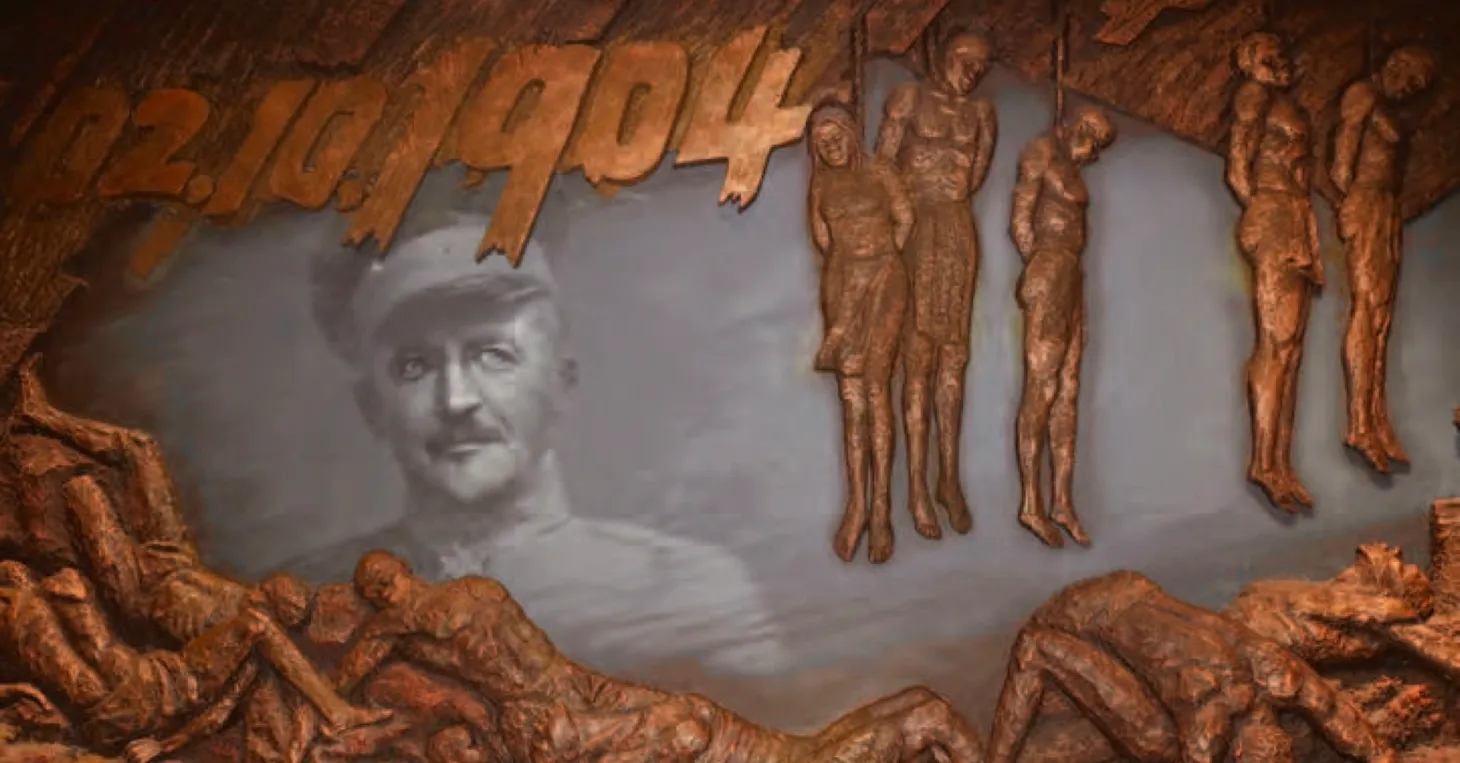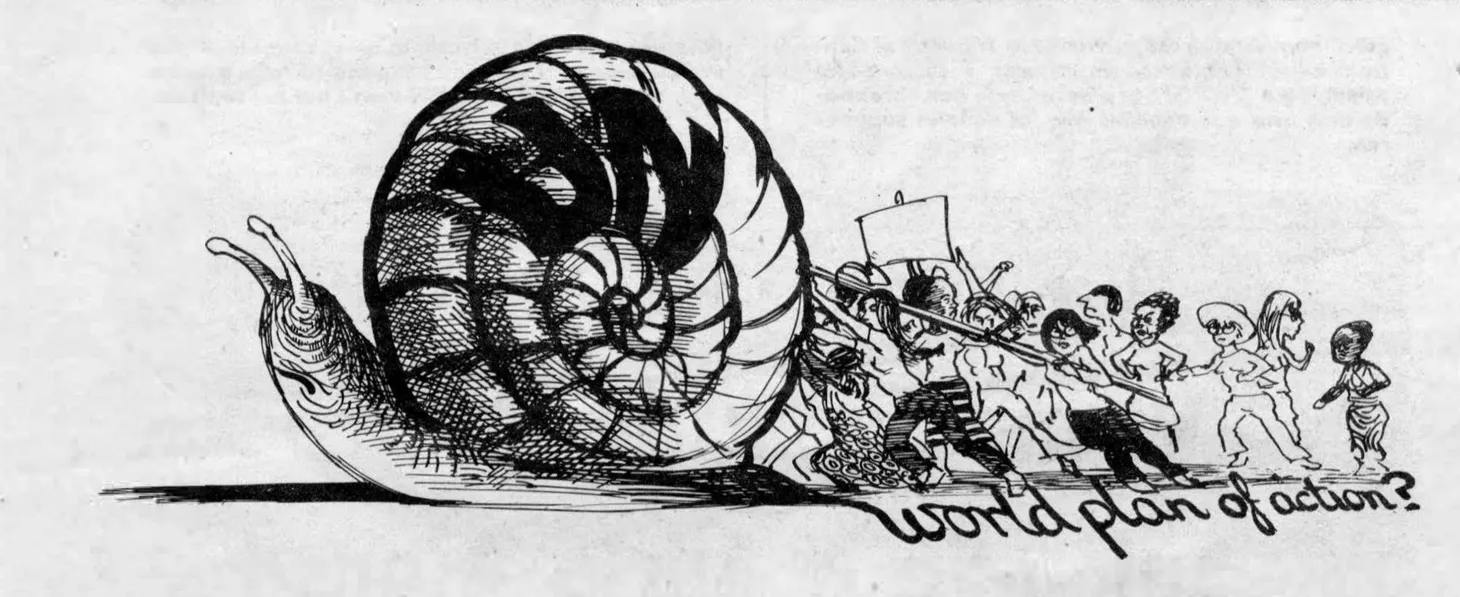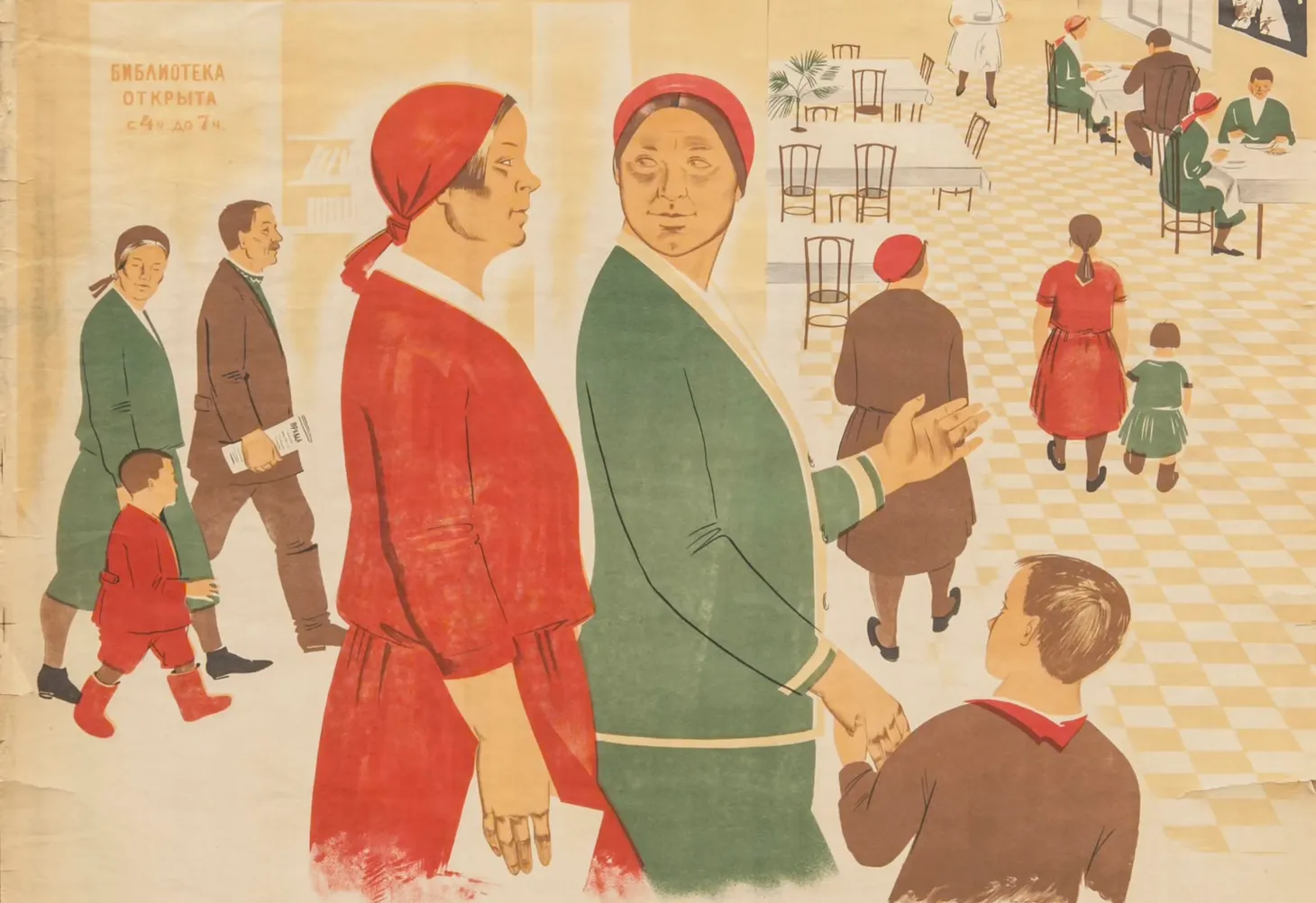“A Turning Point in My Life”: East Asia in the Forty Years’ War
Discussion of teaching East Asia in the World Wars
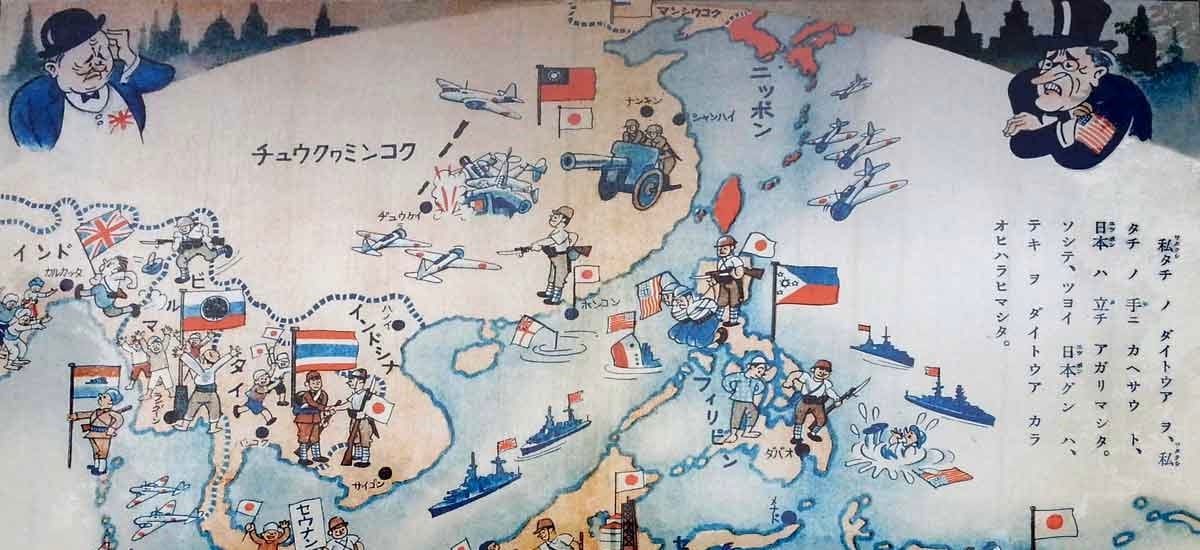
When we teach about East Asia in the First and Second World Wars from an Americentric perspective, we often skim over the region’s involvement in the First World War and focus heavily on the conflict between the United States and Japan. We start with the Japanese attack on Pearl Harbor (although we often leave out the Japanese attacks on other American territories, such as the Philippines) and end with the dropping of the atomic bombs. Everything occurs neatly between 1941 and 1945. If we’re being a little more inclusive, we might start with Japan’s invasion of China in 1937 or mention the Japanese occupation of European colonies in Southeast Asia.
By adopting a more global perspective that looks at the region’s involvement in the Forty Years’ War, East Asia was central to this extended global war. In the beginning, China and other states sent thousands of laborers to help the Allied cause in different regions. From 1931 to 1953, East Asia was at the center of the fighting. Some historians have argued that the Second World War didn’t begin with Germany’s invasion of Poland in 1939; it instead began in East Asia in 1931 or 1937. Fighting in East Asia continued long after the artificial stopping point of the war in 1945.
Labor Corps in the First World War
This content is for Paid Members
Unlock full access to Liberating Narratives and see the entire library of members-only content.
SubscribeAlready have an account? Log in
